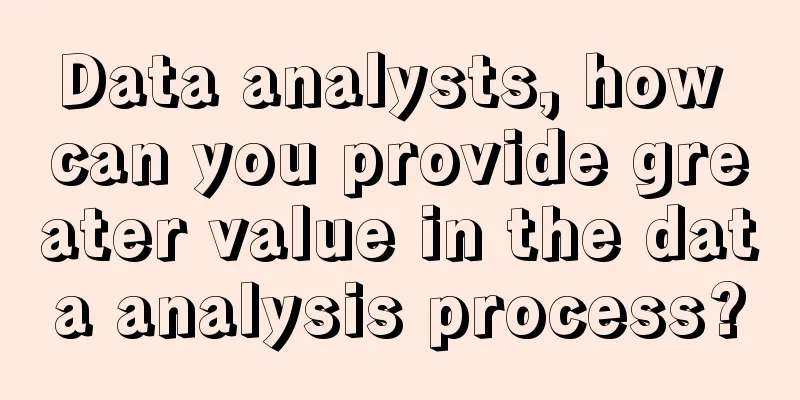Who bears the tax on Amazon in the US? How to pay the tax?

|
Some of my seller friends are relatively strong and have large teams, so in addition to Taobao and Tmall platforms, they also want to expand cross-border e-commerce business. After comparing many platforms, they finally chose the platform. Then the question is, who bears the taxes on Amazon’s US site? Do I have to pay customs duties when buying things on Amazon? This is not certain, but Amazon will collect taxes from buyers in advance. Import tariffs are estimated by the platform, not the actual costs incurred; the rates of import tariffs vary depending on the cost category, and the rates for products from different countries and regions are also different. When the buyer pays the order amount, the system will calculate a tax based on the product, and the buyer needs to pay it. Amazon's tax collection is based on the policy of "excess refund, no supplement", that is, if your goods are not charged with customs duties, then the previously collected taxes will be fully refunded; if partial taxes are collected, the excess will be refunded. How are taxes calculated when buying things on Amazon? This tax is generally set by the country's customs. The tariff rates for different products are different. They are divided into four levels. The tariff rates for some products are as follows: 10%: some shoes, bags, and electronic products; 20%: some shoes, bags, digital electronics, textiles (including clothes); 30%: luxury goods; 50%: cosmetics, wine, etc. There are also personal tax of 50%, etc. You can find out the details on my country's customs website. In terms of Amazon selling fees: Amazon is required to collect Amazon sales tax in Connecticut, the District of Columbia, Hawaii, South Dakota, or West Virginia, depending on each state's tax rate. Selling on Amazon fees include referral fees, subscription fees, variable closing fees, per-item fees, promotional and merchandising fees, refund commissions, Amazon checkout, and sales tax collection fees. If the seller happens to be located in these states, then they will need to pay for the Amazon fees for the sale. How much does this expense contribute to the increase in sellers' costs? We can see this from the examples given in the email. For example, if the seller's company is located in West Virginia and the local sales tax rate is 6.39%, and if the seller sells goods with a total price of $20, the seller will be required to pay a 15% referral fee. Amazon will collect and remit the sales tax of $0.19 in accordance with state law (calculated as 6.39% of the referral fee of $3.00). Detailed explanation of tax rates in each US state For the states that are selected to pay taxes, I believe that sellers are most concerned about the consumption tax rates of each state. According to relevant data, the tax rates of Connecticut are 6.35%, Hawaii is 4.41%, South Dakota is 6.40%, West Virginia is 6.39%, Arizona is 8.37%, Connecticut is 6.35%, and Illinois is 8.74%. However, one thing to note is that the consumption taxes of various states in the United States often fluctuate, and sellers need to pay attention to relevant developments in a timely manner. From the content of the email, we can see that there are not many states involved in paying taxes now, and we don’t know whether more states will join the ranks of harvesting sellers in the future. Having said that, if the US site sellers who are selected to pay taxes this time want to minimize tax costs, they still need to make reasonable plans. We have to go through customs when exporting. For exports, value-added tax is collected and refunded immediately. If I remember correctly, the customs value-added tax system should be connected to the Internet. More professional people in this area are welcome to answer, but the company's overall income tax still needs to be included and paid. Recommended reading: What is the difference between Amazon on-site promotion and off-site promotion? What are the specific job responsibilities of Amazon sales? What is the difference between selling on Amazon and operating on Amazon? |
<<: How do cross-border sellers transform and upgrade their brands?
>>: What does Amazon's internal message mean? How to set it up?
Recommend
NetEase also created a Little Red Book!
NetEase recently launched a new content sharing pr...
Can Alipay’s “touch and go” service take on WeChat Pay?
As the mobile payment market is becoming increasin...
Avoid illegal words in Douyin, Xiaohongshu and Video Account
The platform's rules are constantly being adju...
To shoot short videos on Tik Tok, it is enough to master these 12 traffic codes
This article shares 12 key points for shooting a p...
New and old brands compete for the Spring Festival gift box market, lively but not innovative
The Spring Festival is approaching, and the festiv...
Can Amazon import taxes and fees be waived? What is the import tax rate?
When opening a store on Amazon, you need to unders...
Does Lazada need to consider VAT when calculating prices? How to set prices?
Lazada is still gaining momentum in Southeast Asia...
Let’s talk about Xiaohongshu e-commerce again: Breaking the law of “old wine in new bottles” in community e-commerce
This article describes the current situation of do...
How to check the logistics of eBay? What are the methods?
With the rapid development of e-commerce platforms...
The vortex effect of Zibo barbecue has drawn everyone into an online and offline carnival
When it comes to tourism, the hottest topic this y...
How to change the language on Amazon France? How to switch to Chinese?
Amazon backend supports multiple languages. For ex...
How hard do fresh graduates work to get a job at a big company during the autumn recruitment?
Campus recruitment is a long-term battle, and also...
Turning gifts into a hot-selling business! Post-00s entrepreneurs set their sights on this and sold thousands of them
In the context of the rapid development of e-comme...
Mixue Ice City has become a prominent brand of new tea drinks
There is no circle that the Snow King cannot squee...
In 2023, the brand will be old and the product will be new
This article starts with the difficult start of th...









